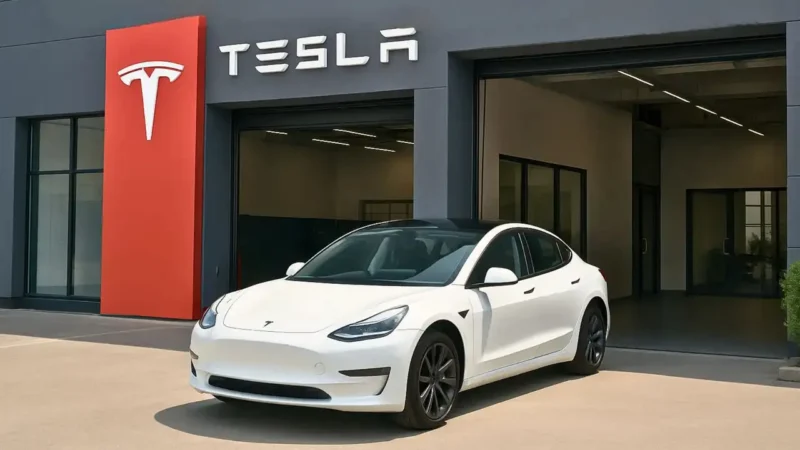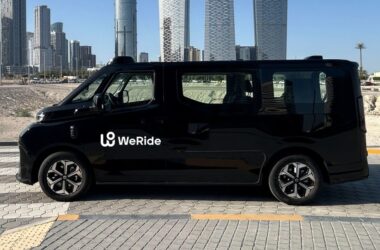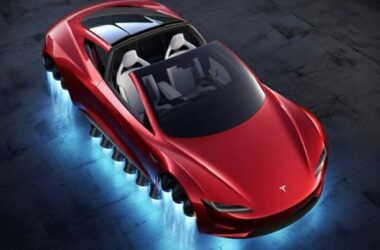Tesla has revealed plans to roll out a more affordable electric vehicle, with limited production starting soon and full-scale manufacturing expected by the second half of 2025. The announcement came during the company’s Q2 earnings call, signaling a strategic shift as it works to counter falling deliveries and shrinking revenue.
In Q2 2025, Tesla reported a 12% drop in revenue under the leadership of CEO Elon Musk. Despite producing over 410,000 vehicles, Tesla saw deliveries drop to 384,000 a 14% decline compared to the same period last year, marking its second straight quarter of falling numbers.
Tesla is facing mounting pressure from rising global rivals like China’s BYD, while CEO Elon Musk’s political involvement and changing government policies on EV incentives are adding to the company’s growing list of challenges.
In a recent investor filing, Tesla acknowledged an uncertain outlook, stating “it’s becoming increasingly difficult to gauge the impact of evolving trade dynamics and fiscal policies on its supply chains, production costs, and consumer demand for electric vehicles and energy-related products.”
How Elon Musk’s Political Stances Are Shaping Tesla’s Future
With eight manufacturing sites across the globe, Tesla builds its five core models – Model S, Model 3, Model X, Model Y, and the Cybertruck forming the backbone of its global EV lineup. These plants delivered 384,000 vehicles between April and June 2025.
However, the company is facing mounting pressure due to a “persistently unstable macroeconomic climate, driven by shifting tariffs, unclear fiscal policy changes, and evolving political sentiment.“
Adding to these challenges is Elon Musk’s past alignment with former President Trump, which continues to cast a shadow over Tesla’s performance. The company has reported profit declines in five of the last six quarters, and its stock has tumbled nearly 30%.
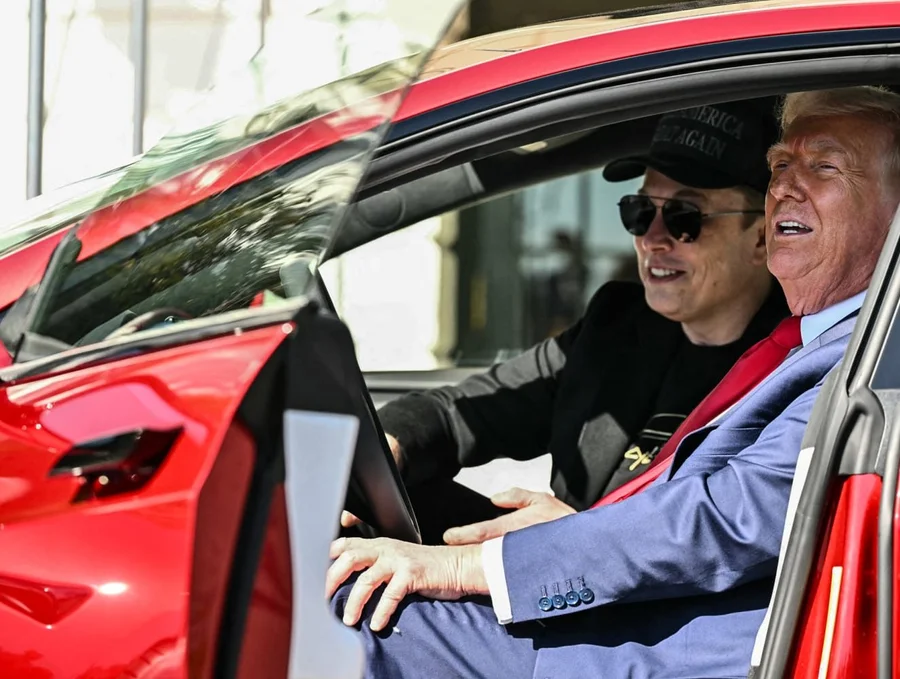
The fallout between Elon Musk and former President Donald Trump became increasingly visible when Musk publicly criticized Trump’s legislative moves on social media. A major point of contention was the rollback of key EV incentives specifically, the removal of federal tax credits of up to $7,500 for new electric vehicles and $4,000 for used ones.
Driving Ahead with Cost-Effective Innovation
Tesla’s shift toward lower-cost electric vehicles highlights intensifying competition from global automakers such as BYD, Volkswagen, and NIO. In April 2025, BYD overtook Tesla in EV sales across Europe, capitalizing on its strong presence in the budget-friendly segment. Meanwhile, Volkswagen continues to solidify its position as a top EV manufacturer in the region, and legacy brands like Ford and General Motors are accelerating their transition to electric mobility.
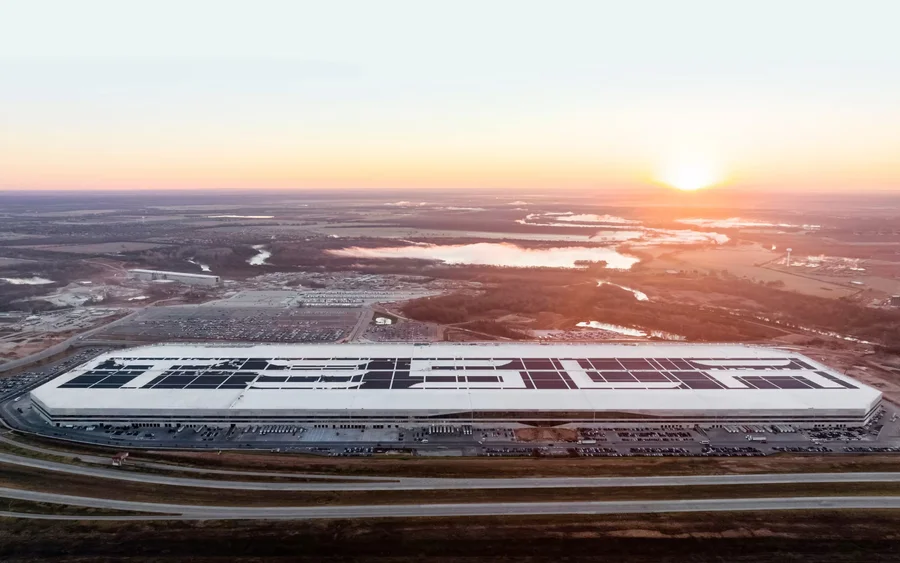
During its Q2 investor call, Tesla outlined plans to fuel future growth by prioritizing more affordable electric vehicles. While specifics about the upcoming model are still limited, Elon Musk hinted it could be a stripped-down version of the Model Y, joking, “I let the cat out of the bag there.”
Musk also forecasted increased sales in Europe, driven largely by the anticipated deployment of Tesla’s self-driving technology. The company’s driver-assist technologies Autopilot and Full Self-Driving are expected to secure initial regulatory approval in the Netherlands, with hopes of broader adoption throughout the EU.
What are your thoughts on Tesla’s strategy to drive growth through affordable EVs and self-driving tech in Europe do you see it as a game-changer or a risky shift in direction? Let us know in the comments below.
